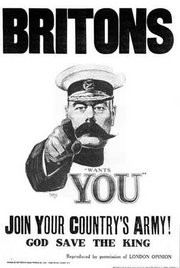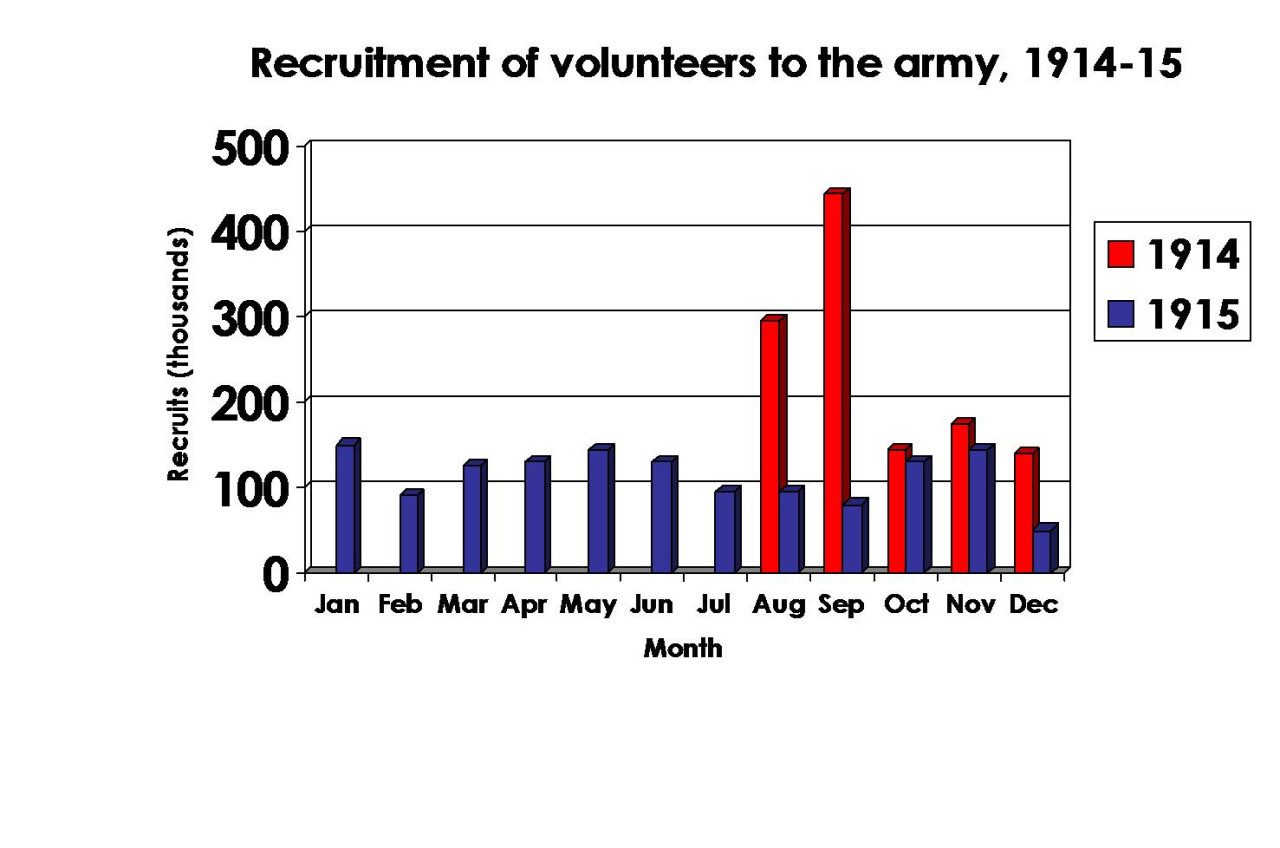Recruitment & Conscription
Recruitment
- Women’s organisations tried to boost recruitment
- White feathers were given to men as a sign of their “cowardice”
Image

- The Mother’s Union urged its members to get their sons to join up
- Initial recruitment used posters, leaflets, etc. to build an army quickly
- What is the message of these posters?
- How would these poster encourage men to join the army?
Image
Image

Conscription
- Voluntary recruitment was decreasing, but the demand for troops was increasing
- Voluntary recruitment didn’t share the burden between all parts of society
- Conscription introduced in 1916
- All men aged 18-40 had to register
- They could be called up to fight at any time
- Conscientious objectors opposed the war for political or religious reasons
- They refused to fight, and were imprisoned – or executed – for doing so
- Others helped the war effort, but not through military action
- Field hospitals
- Stretched bearers
